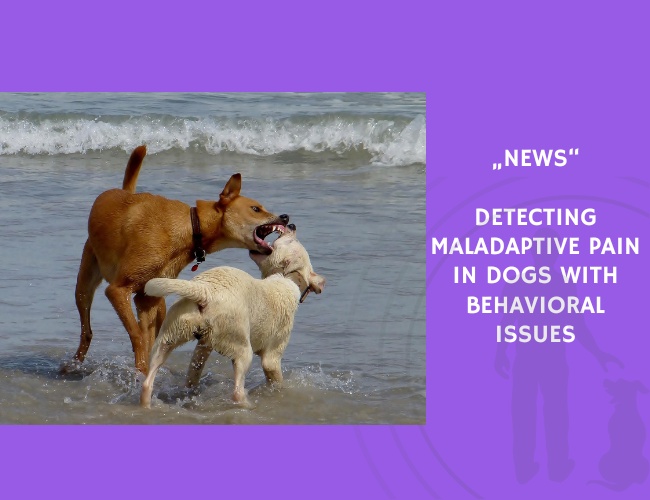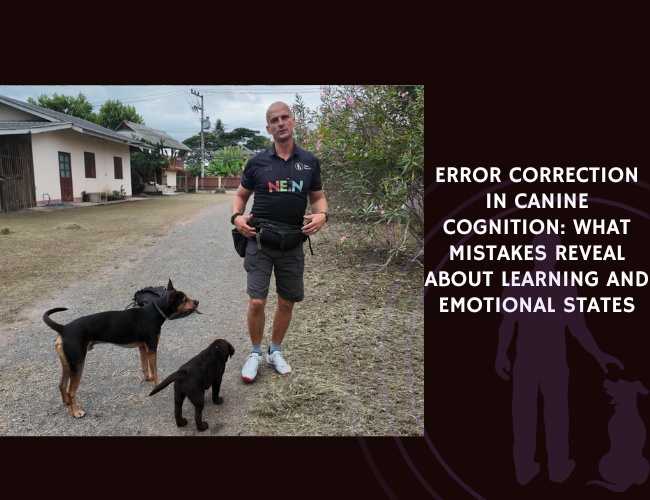Kwik et al. (2025) examined the difficulties in diagnosing maladaptive pain in dogs referred for behavioral complaints. The study emphasizes that behavioral changes in dogs may originate from a primary behavioral disorder, underlying pain, or a combination of both. Clinical signs are often subtle, non-specific, or absent during veterinary examinations, complicating accurate diagnosis.
The researchers applied a Toolbox approach, integrating caregiver questionnaires, home video analysis, medical history, clinical observation, and structured timelines. To facilitate case evaluation, behavioral signs were classified as green flags (adaptive) or red flags (maladaptive). Of ten dogs assessed, seven were flagged for potential maladaptive pain, which was later confirmed by imaging in three cases. Multimodal treatment—combining pharmacological, behavioral, and environmental strategies—resulted in recovery in six out of seven dogs.
Among the three dogs with histories of behavioral decline, all were confirmed via imaging to suffer from maladaptive pain. Treatment outcomes varied, with two dogs partially recovering and one euthanized due to neoplasia. Diagnostic challenges identified by the authors included bias in behavioral observation, limitations in clinical exams, and misinterpretation of signs. The study stresses that successful management requires multimodal treatment and careful diagnostic differentiation.
This research highlights the importance of recognizing pain as a hidden driver of problem behaviors in dogs. By applying structured diagnostic tools and considering red-flag signals, veterinarians and caregivers can significantly improve canine welfare and reduce mismanagement of behavioral cases.
Source: Kwik, J., De Keuster, T. C. B. M., Bosmans, T., & Mottet, J. (2025). Detection of maladaptive pain in dogs referred for behavioral complaints: challenges and opportunities. Frontiers in Behavioral Neuroscience, 19. Authors: Jenthe Kwik, T. C. B. M. De Keuster, T. Bosmans, J. Mottet. Journal: Frontiers in Behavioral Neuroscience.










